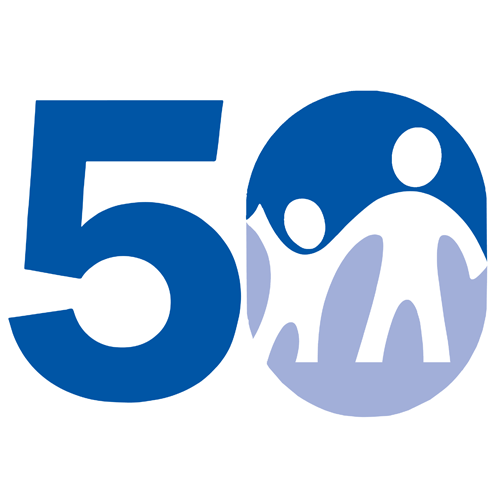Written by Marsha Basloe, President of CCSA
It’s summer in North Carolina and it’s hot! Did you know that North Carolina is ranked 6th compared to all other states for child related deaths due to being left in a hot car?
According to the Centers for Disease Control and Prevention (CDC), the temperature inside a car (even with the windows cracked) can rise almost 20 degrees Fahrenheit within the first 10 minutes.[1] A child’s body overheats 3-5 times faster than an adult body and as a result, even for a short period of time, it is not safe to leave a young child alone in a car.
The majority of cases in which a child has died from a heat related car death involve a parent who unknowingly has forgotten an infant or toddler in the car. It might be that the parent has had a change in routine and inadvertently forgets that a child is asleep in a rear-facing car seat where the child can’t be seen or heard or that a caregiver has become distracted or is tired and accidently forgets.

In 2018, throughout the country, a record-setting 52 young children died from heat related car deaths in 2018.[2]
In North Carolina, 35 young children have died after being left in hot cars since 1990,[3] the most recent involved the death of a 10-month old infant in May in Winston-Salem.[4]
Nearly 90% of child deaths in hot cars occur among children under age three.[5] To date this year, throughout the country, 21 children have died as a result of vehicular heat stroke,[6] the most recent death occurred earlier last week in Richmond, Virginia.[7]

We can prevent these tragedies. The National Highway Traffic Safety Administration (NHTSA) launched the Where’s Baby? Look Before You Lock campaign to get the message out to all parents, grandparents and other caregivers to be alert about the harmful and potentially fatal effects of leaving children in hot vehicles.
SAFETY TIPS:
- NEVER leave a child in a vehicle unattended
- Make it a habit to look in the back seat EVERY time you exit the car
- ALWAYS lock the car and put the keys out of reach
- If you see a child left in an unattended vehicle, call 911 and get help immediately
Kids and hot cars can be a deadly combination. Don’t take the chance and always “Look Before You Lock.”
CONGRESSIONAL CALL TO ACTION:
Several bills (H.R. 3593 and S. 1601, the Hot Cars Act of 2019) are pending in Congress to require the U.S. Department of Transportation to issue a rule requiring that all new cars be equipped with a child safety alert system (as well as a study recommending ways to retrofit current cars to ensure that young children are protected).
H.R. 3593 is under committee consideration in the House. S. 1601 has been approved in committee and is pending on the Senate calendar. If we can have a seatbelt reminder in cars, we can certainly have a reminder to check the backseat for young children.
There are steps we all can take to ensure that children are safe. We can double check the backseat always before locking the car. However, we can also urge our North Carolina Congressional delegation to cosponsor the Hot Cars Act and urge its passage.
It only takes a few seconds to dial the Congressional switchboard at (202) 224-3121 and ask to be connected to your Representative in the House or your Senator. If you aren’t sure who represents you, every state has two Senators. In North Carolina, Senator Richard Burr and Senator Thom Tillis represent us all regardless of which county we live in.
To find out who represents you in the House, click here and enter your zip code. The message is simple: In the Senate, ask that each Senator cosponsor S. 1601, the Hot Cars Act, to help prevent the death of young children in hot cars. In the House, ask that your Representative cosponsor H.R. 3593, the Hot Cars Act, to help prevent the death of young children in hot cars. And, then, ask them to support passage of the bill this year. It’s that simple!
Together, we can make a difference for children!
[1] Centers for Disease Control and Prevention, Heat and Infants and Children. https://www.cdc.gov/disasters/extremeheat/children.html
[2] KidsandCars.Org, https://www.kidsandcars.org/how-kids-get-hurt/heat-stroke/
[3] Ibid.
[4] Ibid.
[5] http://www.kidsandcars.org/wp-content/uploads/2019/04/Heatstroke-fact-sheet-2019.pdf
[6] National Highway Traffic Safety Administration, https://www.nhtsa.gov/road-safety/child-safety#topic-heatstroke




